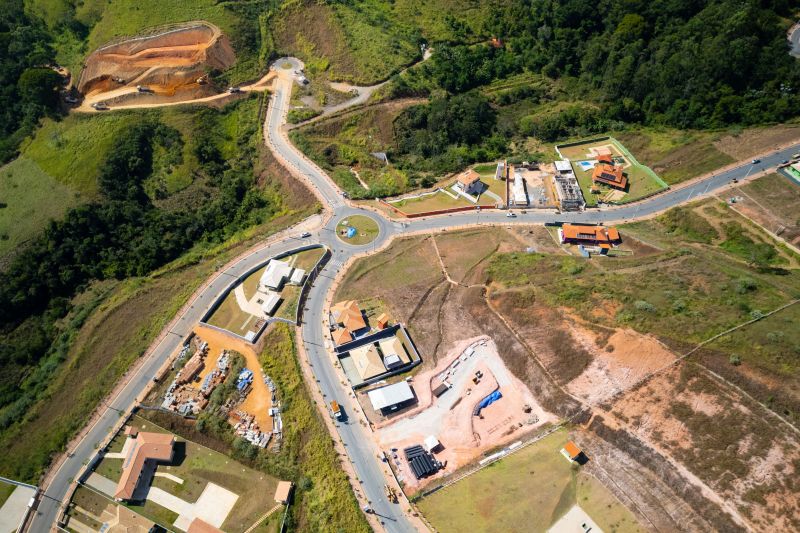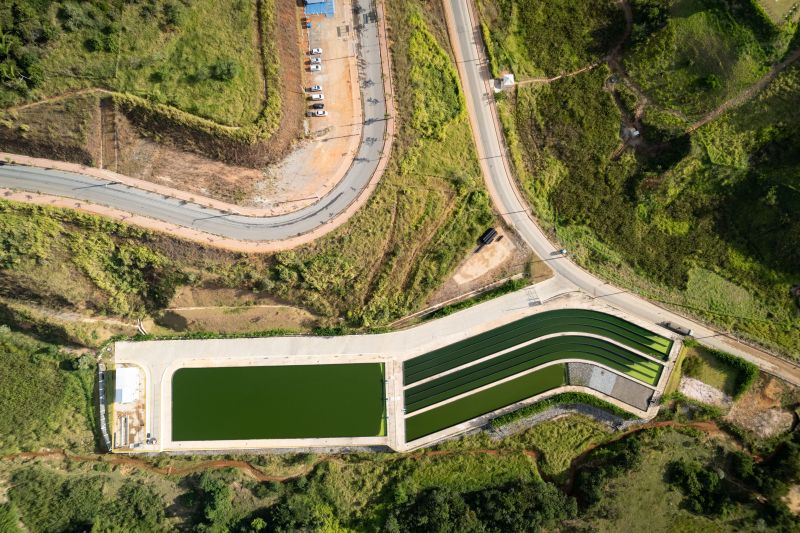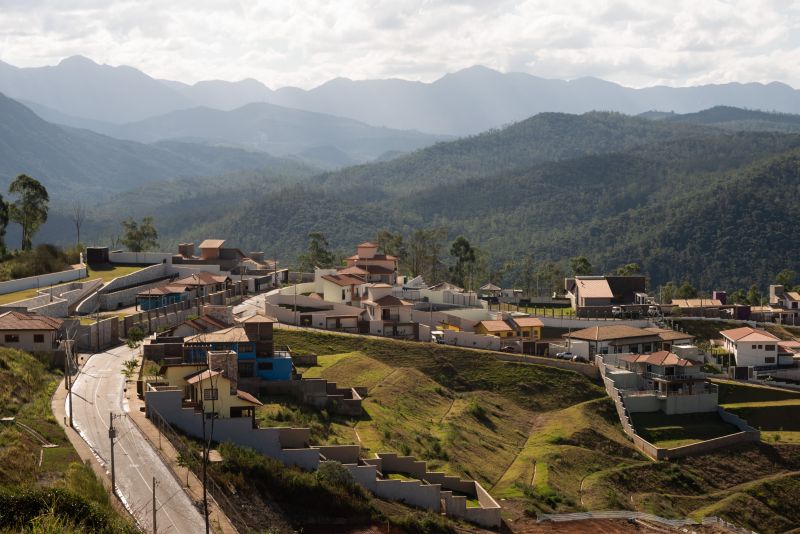Throughout history, catastrophic events have shaped the world in profound ways, leaving indelible marks on societies and cultures. From natural disasters that ravage communities to man-made tragedies that evoke deep introspection, these harrowing experiences often go beyond the realms of reality, finding their way into the captivating narratives of video games.
As developers draw inspiration from real-world calamities, they weave intricate stories that resonate with players on emotional and psychological levels. Think of a dystopian landscape born from the ashes of an ecological disaster or a gripping narrative set against the backdrop of a sprawling urban collapse.
These games challenge players not just to survive but to reflect. In exploring the intersection between disaster and digital storytelling, we unveil how the echoes of real-life tragedies enrich the virtual realms, inviting us to confront uncomfortable truths while providing thrilling experiences that mirror our own realities.
Exploring the Role of Disasters in Video Game Narratives

Disasters serve as a dramatic backdrop that enriches video game narratives, transforming simplistic gameplay into profound storytelling experiences. Imagine navigating a world riddled with the remnants of a cataclysmic earthquake, where every cracked street and toppled building tells a story of survival and loss.
These scenarios not only present players with formidable challenges but also invite them to explore the deeper emotional currents that run beneath the surface of devastation. Take, for instance, titles that draw inspiration from actual calamities; they push the boundaries of empathy and engagement by demanding players grapple with choices that reflect the harsh realities faced by those affected.
As players journey through desolation, they encounter not just obstacles, but moral dilemmas and intricate character arcs that mirror the complexities of real-life human resilience amid chaos. Thus, disasters become a fertile ground for creative expression, allowing developers to weave narratives that resonate with the weight of authenticity and the richness of the human experience.
How Disasters Reflect Human Emotion and Experience

Disasters possess an uncanny ability to mirror the depths of human emotion and experience, serving as a stark backdrop against which the fragility and resilience of humanity are displayed. In the aftermath of calamity—be it natural or man-made—individuals often find themselves grappling with a maelstrom of feelings: despair, loss, anger, and sometimes, an unexpected camaraderie.
These raw emotions create a rich tapestry of narratives that resonate deeply within our collective psyche, offering fertile ground for storytellers in the realm of video games. Game developers deftly weave these real-world experiences into their narratives, imbuing characters with a sense of authenticity that mirrors the struggles faced by those in the wake of disaster.
Each pixel and plot twist serves not just to entertain, but to reflect our shared humanity—the triumphs, the defeats, and the enduring spirit that rises from the ashes. In this way, disasters become both a source of inspiration and a profound lens through which to explore the human condition, inviting players to engage with themes far beyond mere gameplay.
Looking to the Future: Emerging Trends in Disaster-Inspired Games

As we gaze into the horizon of gaming innovation, a wave of disaster-inspired titles is poised to reshape the landscape, melding profound narrative depth with immersive gameplay. Developers are tapping into the chaotic energy of real-world events—climactic weather patterns, social upheavals, and environmental catastrophes—to craft experiences that resonate on an emotional level.
Imagine navigating the ruins of a city ravaged by an earthquake, where every decision carries weight, every ruin tells a story, and the struggle for survival mirrors the fragility of life itself. Beyond just survival mechanics, these games are increasingly incorporating elements of social commentary, urging players to reflect on resilience, community, and the ethical dilemmas that emerge in catastrophic scenarios.
As augmented reality and AI technology mature, we may soon find ourselves not only playing through these disasters but also actively engaging in scenarios bespoke to our choices, blurring the lines between player and narrative, reality and fiction. The future promises a dynamic interplay between positive action and destructive events, challenging us to rethink our relationship with the world around us, and perhaps, to find hope amidst chaos.
Conclusion
In conclusion, disasters often serve as powerful catalysts for creativity within the realm of video game storytelling. By drawing on real-world events like the tragic Mariana Dam disaster, developers can craft narratives that resonate deeply with players, prompting reflection on human resilience, catastrophe, and the moral complexities of such incidents. As we continue to confront the realities of environmental degradation, social strife, and unforeseen calamities, the gaming industry will invariably evolve to capture these themes.
The intersection of disaster and storytelling not only enriches the gaming experience but also cultivates awareness and empathy, ultimately encouraging players to engage with the world around them in meaningful ways.


